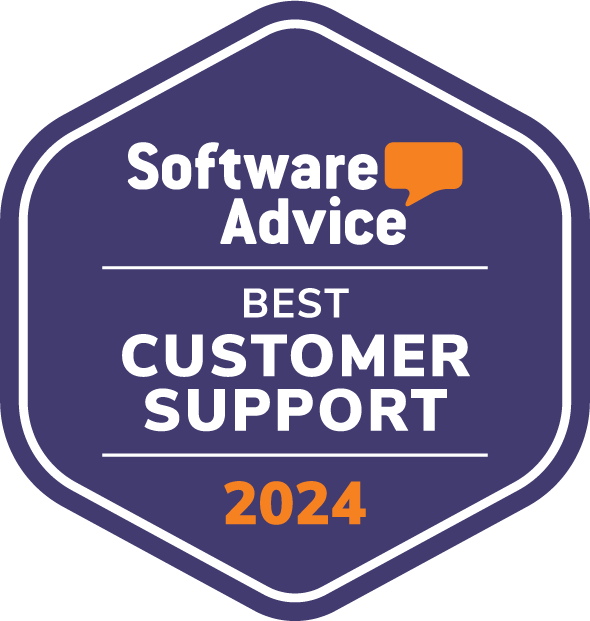
What Should You Look for in a Modern Dynamic Pricing Platform?
Discover the 5 essential capabilities your next dynamic pricing platform must have to drive profit, growth, and agility at scale.

Discover the 5 essential capabilities your next dynamic pricing platform must have to drive profit, growth, and agility at scale.

Learn how to stay compliant with California’s 90-day rule using AI-powered dynamic pricing tools: avoid legal risks with strikethrough pricing.

The recent implementation of extensive tariffs by the United States has introduced significant challenges for retailers and brands, requiring swift and strategic responses to mitigate financial impacts.

Learn valuable insights and takeaways from UST & Quicklizard’s webinar on AI-powered pricing management explained by retail and pricing experts.

Pricing Friends’ host, Sebastian Voigt, speaks to Fabian Uhrich, CPO at Quicklizard, about the future of pricing software.

A look into the technical factors you must consider when selecting a pricing software, from data protection to performance standards

Discover key RFP requirements for pricing software, including multichannel pricing, rule-based strategies, AI insights, inventory management and more.

Discover how to select the right pricing software to optimize your retail strategies, enhance profitability, and stay competitive in the market.

As an SDR, it’s crucial for me to be able to identify my ‘ICP’ (ideal customer profile) when I am prospecting for potential new business opportunities for my company.

The holiday season is a great time to boost your sales, but it also presents a unique challenge: how do you price your products differently when the demand for them is so high?
Price too high, and you miss sales and revenue. Price too low and your margins erode.

Quicklizard has been listed in Gartner’s July 2022 “Market Guide for Retail Unified Price, Promotion, and Markdown Optimization applications” as a representative vendor for both Short and long lifecycle products retailers.

DIY Retailers face fierce competition for sales and intense pressure to improve margins. While traditionally DIY retailers sell paints and tools, today they also compete in other categories selling anything from household goods to various types of electrical appliances.

Grocery stores today are under intense price pressure as a result of supply chain challenges, competition and rising costs. Knowing how to increase share of wallet among current customers and attract new customers has become critical to the survival of struggling grocery stores. A critical component of this process is instilling a favorable price-value image in the minds of consumers.

Due to the nature of demand and competitiveness, the consumer electronics vertical in retail is one of the most challenging for retailers looking to build a sustainable and growing business.

Dynamic pricing has become an industry standard. But what does this truly mean? What should you be getting out of dynamic pricing? How can you ensure that you are not just price matching? Or working based on hunches? How can pricing managers use science to set the right pricing strategy to meet business goals?

Retail is the primary user of pricing optimization since price is one of the primary brokers of every purchase

It’s official! We are very proud to announce that Quicklizard has received its ISO 27001:2013 certification

The Covid-19 pandemic has overwhelmingly impacted the retail industry across the globe. Social distancing measures and anxiety over the viral transmission of the disease have led to the enforcement of high street store closures and an accelerated shift to digital across the end-to-end customer journey.
Quicklizard may provide you with updates regarding our products, tips, etc. You may unsubscribe from these communications at any time.


Tariffs Are Paused. Use This Window to Build a Smarter Pricing Response. Learn How